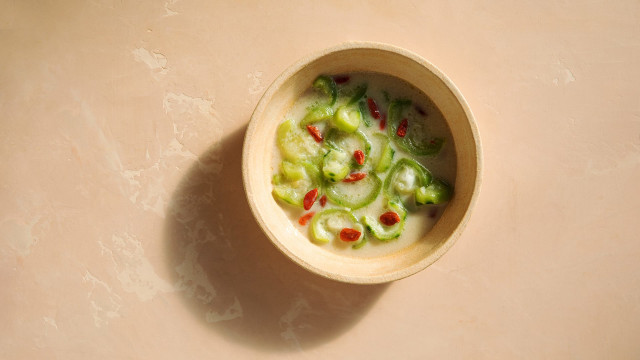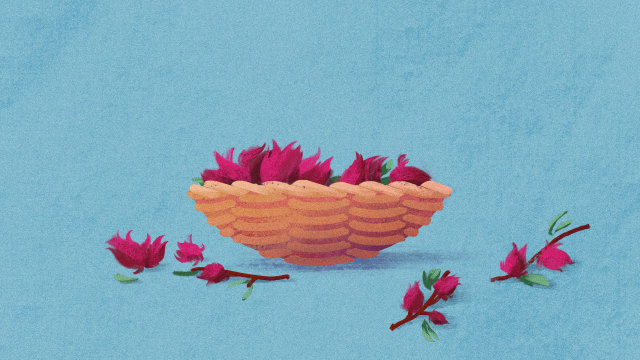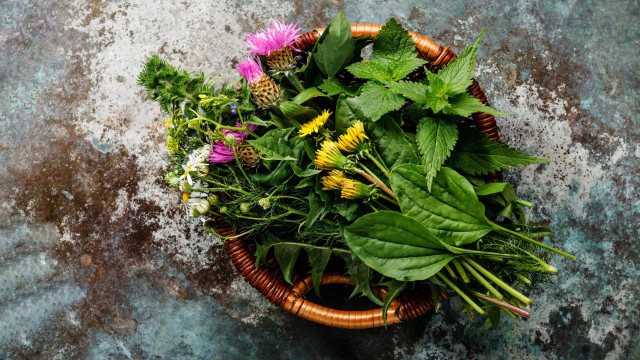Generational Greens

Growing up in the 1980s, my earliest memories of cooking by the women in my family predominantly involved plants. I can distinctly recall the beauty of leaves and their shapes, colors, textures, and smells. And their flavors, in various avatars as food on my plate. A typical thali spread from Odisha is incomplete without a dish of leafy greens or potherbs. A regular lunch in the east Indian state includes a serving of steamed rice, stir-fried seasonal vegetables, pan-fried fish, soupy dals, and always a side of sauteed seasonal greens.
By the time I was seven years old, I eagerly looked forward to meeting my grandmother Surekha during every summer trip to Cuttack. That ancient coastal city with its rich medieval history, its famous temples, and the mighty Mahanadi River was the backdrop, but it was my grandmother, a tall, erect woman in her mid-sixties with the pace of a young girl, who stands out in my memories of those sun-soaked vacations.
Every morning I followed my grandmother to the vegetable garden — really just an extension of the kitchen in the backyard. I recall her bent over a plant, with a bamboo kula (basket) in one hand, the other outstretched to pluck a leaf, like an Impressionist watercolor in warm hues of yellow, blue, and green. She taught me to recognize the tender leaves that were ready to be cooked and how to neatly harvest them — which branch to snap and the ones that needed to be left to grow. I took my job of assisting her rather seriously and meticulously followed her instructions.
We would pluck the wild greens. Some days it would be moringa leaves, and on other days it was the unruly pumpkin creeper, with its tendrils spread all over the garden, that needed pruning. Discarding the older, tougher leaves, my grandmother would chop the smaller, delicate ones while squatting over her paniki, a traditional chopping tool, with a vertical blade and wooden footrest, on the kitchen floor. I would be amazed at how deft she was with the contraption. Drawing from her repertoire of recipes, she cooked the chopped greens with basic ingredients, but the resulting dish, served for lunch, would be moreish and full of subtle flavors.
Leaves have always found their way into my cooking. Not only do I find greens a balm for my screen-addled eyes, but their nutritional value makes for wholesome meals. I love all their different personalities: from crunchy to smooth, sour, bitter, sweet, or astringent. They uplift the healthfulness and the complexity of any homecooked meal.
My grandmother passed away more than twenty years ago. She left me with a treasure trove of recipes, memories, and words of wisdom. I feel now that I need to carry on her legacy, and grow and cook these greens for and with my children, who will hopefully carry it forward themselves. Not just the recipes, but also the idea that food is an integral component of how and why we humans connect to nature. I might not have a sprawling backyard, but we grow our greens on our urban terrace garden, and every time we harvest something, it is with the same excitement I felt while harvesting the greens with my grandmother.
RECIPE: Kumro Saaga
Key Takeaways
- Gardening wisdom across ages is priceless.
- Learn traditional squash recipes in Odia cuisine.
- Leafy greens add nutrition to a dish.





